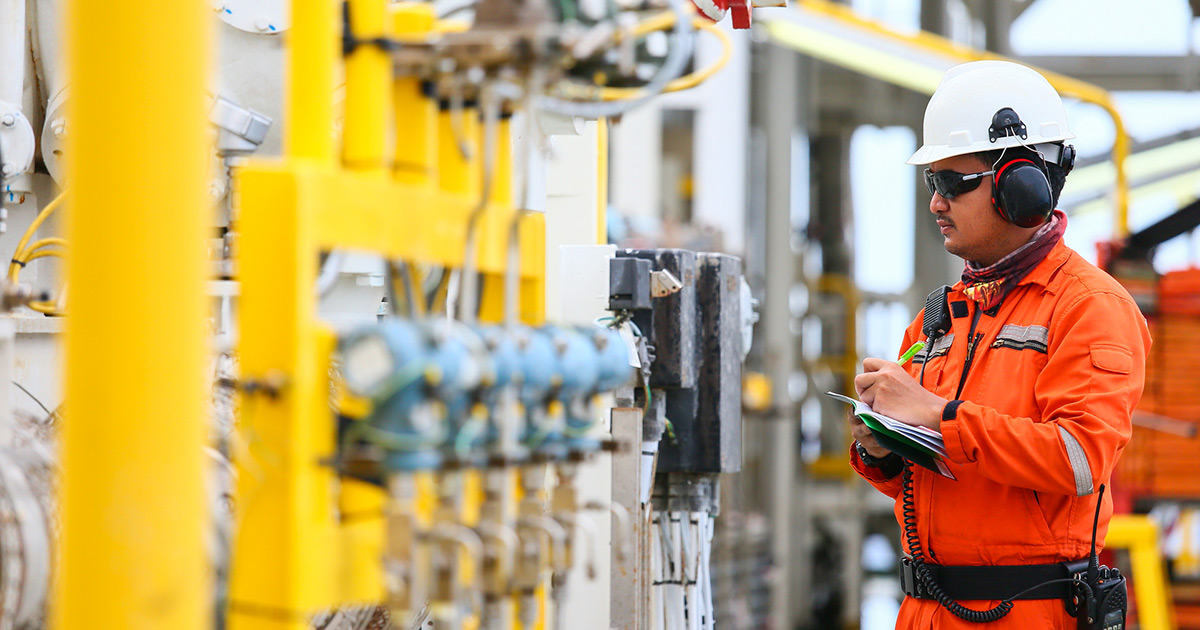Major studies reveal 60% more methane emissions

Extensive research led by EDF from 2012 to 2018 shows that emissions of methane — the main ingredient of natural gas — in the U.S. are a far greater threat than the government’s estimate suggests.
The Environmental Protection Agency says the oil and gas industry emits eight million metric tons of methane a year. Our first-of-its kind, five-year research series uncovered at least 13 million metric tons.
That number — 60% higher than EPA’s — is massive. The wasted gas is enough to fuel 10 million homes for a year, lost gas that's worth an estimated $2 billion.
This giant discrepancy renews our commitment to tackle methane pollution that threatens the climate.
We needed data to see the bigger threat
No one was sure exactly where methane leaks happened along the oil and gas supply chain or how much escaped. The lack of data posed a critical problem, as methane — the main ingredient of natural gas — damages our climate.
Meanwhile, U.S. natural gas production is booming. In 2010, the share of natural gas used for generating electricity was 20% and rising, with few regulations to keep air pollutants like methane in check.
Even a small amount of methane emitted to the atmosphere can undo some or all of the benefits we think we’re getting when we substitute natural gas for coal or oil.
We needed more information to determine the scope of the methane leak problem. So in 2012, we launched an extensive series of 16 independent, rigorously executed projects.
Groundbreaking investigation goes big
Spotting a growing interest in methane research, we brought together more than 140 research and industry experts [PDF] from 40 institutions and 50 companies.
Collaboration and sharing information in real time were key, as measuring methane — an odorless, colorless gas that dissipates quickly — is challenging work.
And results can vary, depending on the measurement tools, the conditions of the test sites and the researchers’ scientific assumptions. We helped combine, compare and contrast methods to provide clarity.
The studies examined all areas that make up the oil and gas supply chain: production; gathering lines and processing facilities; long-distance pipelines, storage and local distribution; as well as some consumers using natural gas, commercial trucks and refueling stations.
Rigorously pursuing the full picture
No single method of measuring methane can provide all the answers. So the researchers deployed various scientific techniques.
Several studies included aerial measurements from aircraft equipped with methane sensors. These "top-down" readings add to traditional "bottom-up" readings, or measurements taken right at the potential emission source, often at ground level.
Bottom-up measurements are essential to identifying sources of methane pollution, but they frequently miss and underestimate emissions.
Top-down readings provide a snapshot of methane emissions over a whole region. Yet, those readings have limitations, too, as they capture unrelated methane sources.
Together, these two methods can complement each other and provide greater insight than either one alone.
We flew over 8,000 oil and gas wells. Here's what we found
The results strengthen the case for action
As the study series shows, there's little time to waste if we want to avoid the worst impacts of climate change.
We’ve uncovered practical, cost-effective solutions that are possible now, and we're driving innovation to develop new ones.
We’re sharing those methods and the research with decision-makers. And we’re intensifying our defense of federal and state rules that protect us from methane pollution, while expanding our methane research globally.
Meanwhile, we’re aiming to catalyze a community of researchers — both inside and outside academia — to build on our work.
Armed with evidence of methane’s true threat, we're doing more than ever to attack it.










